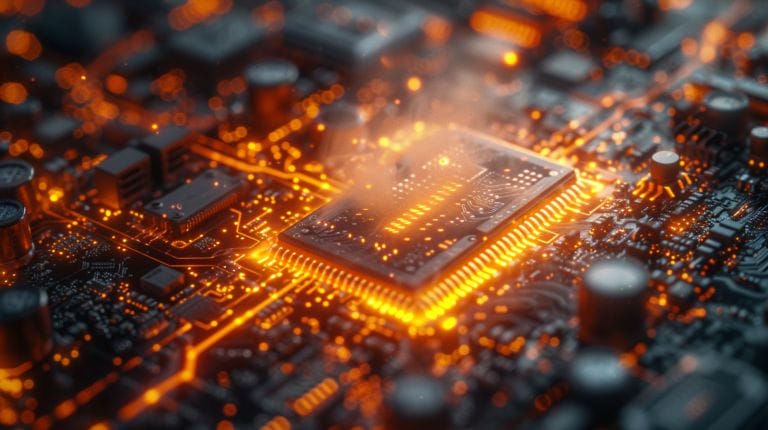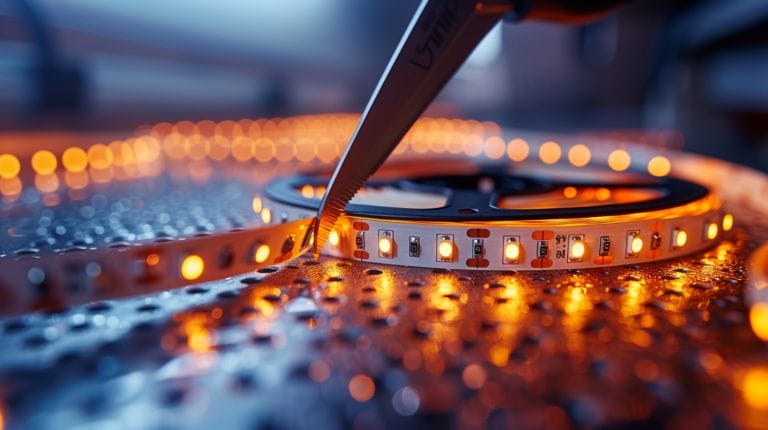Is 24 Volts Dangerous? Understanding Electrical Safety
When we talk about electrical safety, the question of whether 24 volts is dangerous often comes up. While it’s true that 24 volts is generally considered low voltage, it doesn’t mean it’s completely harmless. We need to take into account factors like amperage and the human body’s resistance, which can influence the potential for electric shock. Proper insulation, grounding, and safety gear are important even at this voltage level.
So, how do we guarantee our safety while working with 24-volt systems? Let’s explore the key precautions and understand the real risks involved.
Key Takeaways
- 24 volts is generally safer than higher voltages but still poses electric shock risks.
- Human skin resistance and environmental factors significantly influence the danger level of 24-volt systems.
- Proper insulation and grounding are essential to minimize shock hazards from 24-volt systems.
- Regular inspection and maintenance of tools and components reduce the risk of electric accidents.
- Even low voltage systems like 24 volts can cause muscle contractions or burns with prolonged exposure.
Understanding Electrical Systems: A Focus on 24 Volts

In electrical systems, it’s crucial to understand the role and applications of 24 volts. Voltage, the measure of electrical potential difference, significantly impacts the functionality of electrical systems.
24 volts is a commonly used voltage level in various applications, from automotive systems to industrial controls. Embracing 24-volt systems offers several advantages. They strike a balance between performance and safety. Unlike higher voltage levels, 24 volts are generally considered safer for human interaction, thus reducing the risk of dangerous incidents. The middle ground offers sufficient power for many applications without the heightened risk associated with higher voltages.
Grasping the Concept of Electric Shock: Can 24 Volts Cause It?

Electric shock occurs when electrical current passes through the body. Understanding whether 24 volts can cause it requires examining several factors. We need to consider the role of amperage and ohms, as these significantly influence the potential for an electric shock.
At 24 volts, the risk of experiencing a noticeable electric shock is generally low because the human body’s natural resistance typically prevents high current flow. However, if the skin is wet or damaged, resistance can decrease considerably, potentially allowing more current to flow, thus increasing the risk of shock.
Evaluating the Effects of 24 Volts on the Human Body

When assessing the effects of 24 volts on the human body, it’s important to consider both scientific data and real-world incidents. Electricity’s impact largely depends on the current that flows through our body and our body’s resistance.
Research indicates that even low voltage can produce a current capable of causing a noticeable shock, given these variables. Documented cases have shown that while 24 volts typically results in minor discomfort, situations involving prolonged exposure can lead to more serious consequences.
Safe Handling of 24 Volt Electrical Tools and Components

Ensuring the safe handling of 24-volt electrical tools and components requires a comprehensive understanding of proper safety measures and best practices. Even though 24 volts might sound less intimidating than 120 volts, it’s crucial to remember that voltage is a measure of the electrical force that can cause harm if not managed correctly.
Focus on several key aspects to prevent accidents and ensure that tools and components are used safely:
- Proper Insulation and Grounding: Adequate insulation and grounding of all 24-volt tools and components can significantly reduce the risk of electric shock and short circuits.
- Regular Inspection: Frequently inspect tools for signs of wear or damage.
- Use Appropriate Safety Gear: Wearing insulated gloves and other protective equipment can provide an additional safety layer.
- Understanding Power Supply Precautions: Be mindful of connections when dealing with a 24-volt power supply to prevent accidental disconnections or sparks.
24 Volt Systems in Lighting Solutions: Bulbs, LEDs and More

24-volt systems are widely applied in various lighting solutions, including bulbs and LEDs. They offer a compelling balance between efficiency and safety, making them popular in both residential and commercial settings.
However, there are some cons to consider. One downside is that 24-volt systems often require a transformer to step down from the standard household voltage of 120 or 240 volts. This adds complexity and potentially increases initial setup costs.
Conclusion
In summary, we shouldn’t underestimate the risks associated with 24-volt systems. By understanding how electric shock occurs, recognizing the potential effects on our bodies, and adhering to strict safety measures, we can greatly reduce the risks.
Proper insulation, grounding, and the use of safety gear are essential. Let’s prioritize safety and stay vigilant when working with 24-volt electrical tools and components to guarantee a safe and accident-free environment.
Frequently Asked Questions
Is 24 Volts Dangerous?
While 24 volts is considered a low voltage compared to higher voltages, it can still be dangerous if not handled properly. Always follow safety rules and precautions when working with any voltage to prevent accidents and injuries.
What is the difference between voltage, power, and amperage?
- Voltage: Refers to the amount of electrical pressure in a circuit.
- Power: The rate at which energy is used or produced.
- Amperage: Measures the flow of electric current in a circuit.
How can I safely work with a 24-volt power supply?
When working with a 24-volt power supply, make sure to turn off the power before making any connections or adjustments. Use proper safety equipment and follow safety protocols to avoid electrical shocks or injuries.
What should I do if I encounter a high voltage source?
If you come across a high voltage source, such as 100 volts or more, avoid contact and seek the help of a qualified electrician. High voltages can be deadly and should be handled with extreme caution.
How can I determine if a circuit is safe to work on?
Use a non-contact voltage tester to determine if a circuit is live or not before attempting any electrical work. Always follow proper safety procedures and precautions to prevent accidents and injuries.







